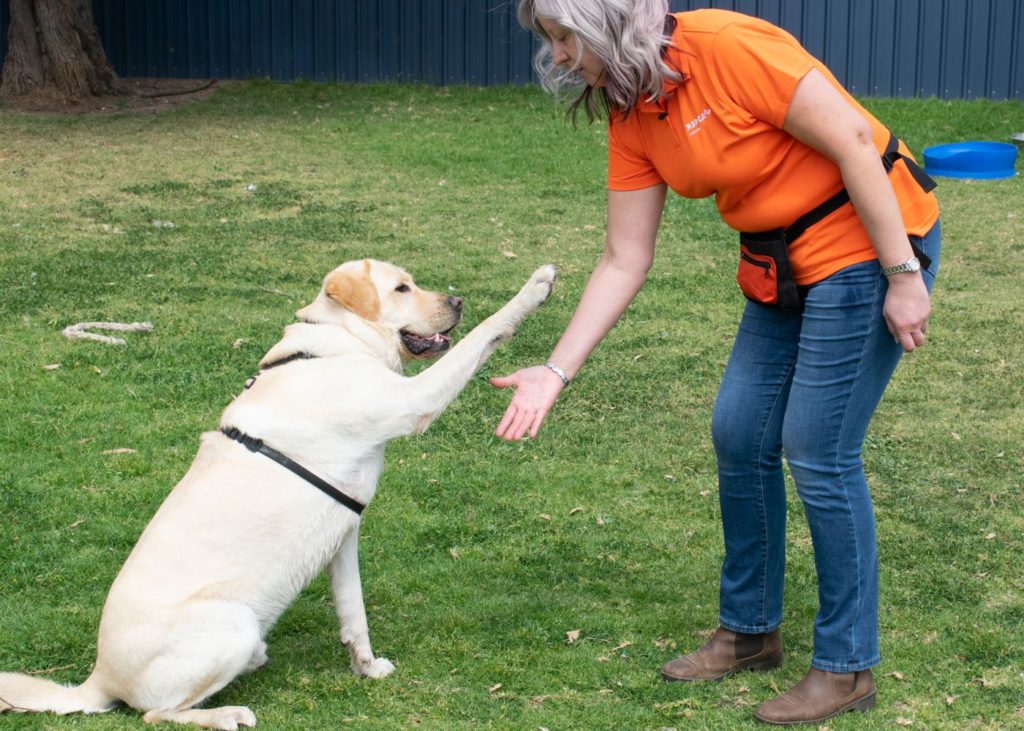
Training your dog is a rewarding experience that strengthens the bond between you and your furry friend. Once your pup has mastered the basic commands, you may be wondering how to take their training to the next level. Advanced dog training involves challenging your dog with more complex tasks and refining their existing skills. Here are some tips to help you elevate your dog's training to the next level.
1. Consistency is Key
Consistent Training Schedule
- Set aside specific times each day for training sessions.
- Keep training sessions short and frequent to maintain your dog's focus.
- Use the same cues and rewards consistently to reinforce learning.
Consistent Rules and Expectations
- Establish clear rules and expectations for your dog to follow.
- Be consistent in enforcing these rules to avoid confusion.
- Practice commands in different environments to generalize your dog's training.
2. Introduce Advanced Commands
Advanced Obedience Commands
- Teach your dog commands like "stay," "leave it," and "heel" to improve obedience.
- Practice these commands in distracting environments to test your dog's focus.
- Reward your dog for successfully following advanced commands to reinforce good behavior.
Trick Training
- Teach your dog fun tricks like rolling over, playing dead, or fetching specific items.
- Use clicker training or shaping techniques to break down tricks into manageable steps.
- Practice tricks regularly to keep your dog mentally stimulated and engaged.
3. Incorporate Challenges and Games
Puzzle Toys and Games
- Use interactive toys and puzzle games to challenge your dog's problem-solving skills.
- Hide treats around the house or yard for your dog to find using their sense of smell.
- Rotate toys and games regularly to keep your dog engaged and prevent boredom.
Agility Training
- Set up an agility course in your backyard or a local park to improve your dog's physical fitness and coordination.
- Guide your dog through obstacles like tunnels, jumps, and weave poles using hand signals and verbal cues.
- Practice agility training at different speeds to enhance your dog's agility and responsiveness.
4. Work on Distraction Training
Gradual Exposure to Distractions
- Start training in a distraction-free environment and gradually introduce distractions like noises, other animals, or people.
- Use high-value treats to keep your dog's attention and reward them for maintaining focus in distracting situations.
- Practice patience and be prepared to take a step back if your dog becomes too overwhelmed.
Proofing Commands
- Proofing involves reinforcing commands in various real-life scenarios to ensure your dog's reliability.
- Practice commands in different locations, with different people, and in changing environments to proof your dog's training.
- Consistently reward and praise your dog for responding correctly to commands in challenging situations.
5. Seek Professional Guidance
Enroll in Advanced Training Classes
- Consider enrolling your dog in advanced training classes with a professional dog trainer.
- Advanced classes can provide structured guidance and personalized feedback to help improve your dog's skills.
- Work closely with the trainer to address specific training goals and challenges.
Consult a Certified Dog Trainer
- If you're struggling with a specific training issue, seek advice from a certified dog trainer.
- A trainer can assess your dog's behavior, provide tailored training solutions, and offer support throughout the training process.
- Consulting a professional can help you overcome training obstacles and ensure a successful training experience for you and your dog.
By incorporating these advanced dog training tips into your pup's routine, you can take their skills to the next level and enjoy a harmonious relationship built on trust and mutual understanding. Remember, patience, consistency, and positive reinforcement are the keys to successful dog training.
